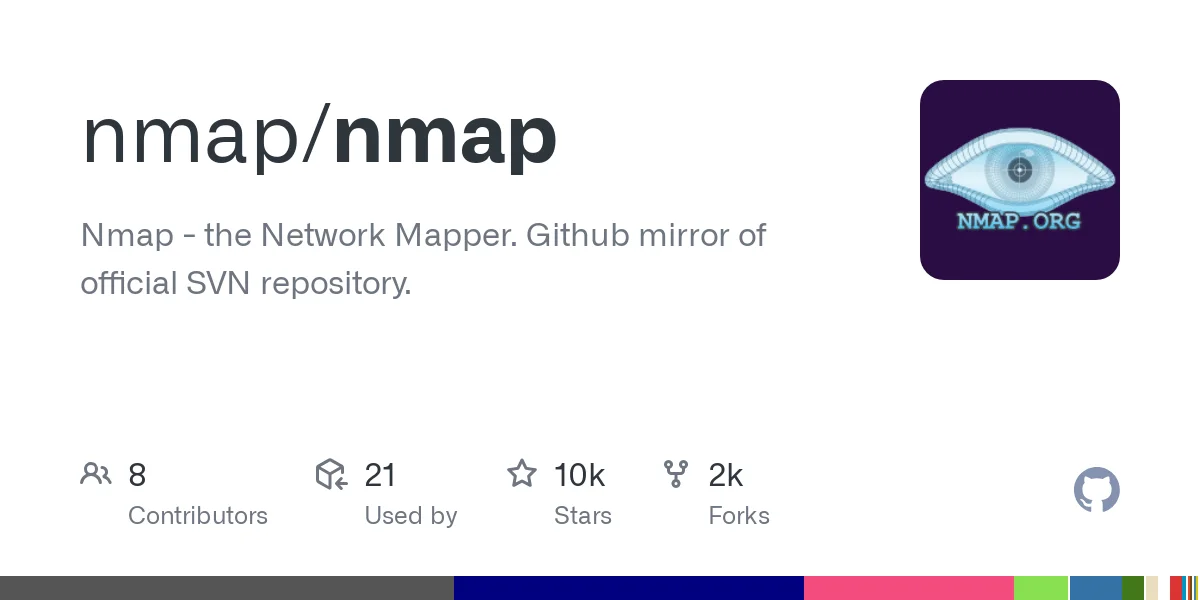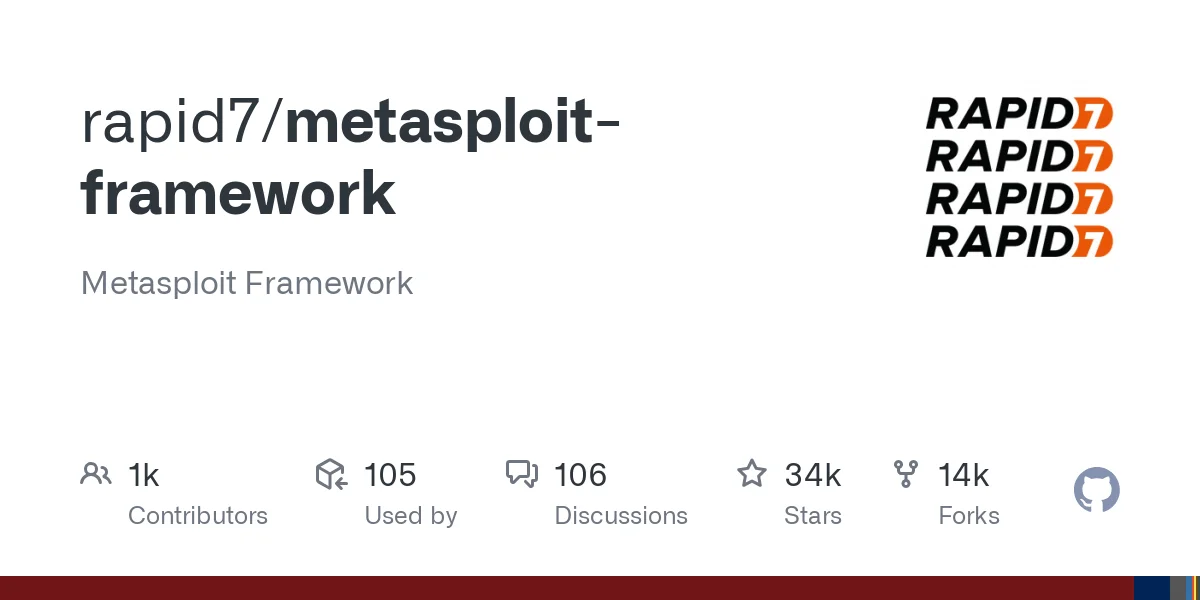Top 10 Free Penetration Testing Tools
Penetration testing, or pentesting, is a security practice where real-world attacks are simulated on an organization’s systems to identify vulnerabilities and security gaps. This process enables security teams to assess their attack surface, identifying potential entry points that cybercriminals could exploit. By proactively testing their security, organizations can strengthen their defenses and reduce the risk of breaches. While proprietary solutions are widely used, there are also numerous free penetration testing tools available that can help defenders in security testing.
This article highlights some of the top free penetration testing tools that may already be part of your toolkit – or, if not, are worth considering for enhancing your security posture.
Types of Penetration Testing Tools
Penetration testing tools come in various types, each designed to target specific aspects of an organization’s security infrastructure. These tools are essential for simulating attacks and uncovering vulnerabilities in networks, applications, and systems. By using a combination of these tools, security teams can thoroughly assess their organization’s defenses and identify areas that need improvement.

What are the types of pentesting tools?
Here are the common types of pentesting tools:
- Network Scanners: These tools identify vulnerabilities in network infrastructure by scanning for open ports, services, and weaknesses in network configurations.
- Vulnerability Scanners: While vulnerability scanners are often used in conjunction with other pentesting tools, their primary function is to automatically detect and assess vulnerabilities across systems, networks, and applications.
- Web Application Testing Tools: These tools are used to find vulnerabilities in web applications, such as SQL injection, cross-site scripting (XSS), and insecure authentication mechanisms.
- Wireless Testing Tools: Wireless penetration testing tools focus on identifying security weaknesses in Wi-Fi networks, encryption protocols, and wireless authentication.
- Password Cracking Tools: These tools attempt to crack passwords by using brute force or dictionary attacks.
- Social Engineering Tools: Social engineering tools simulate phishing and other social engineering attacks to test how susceptible an organization’s employees are to such tactics.
- Exploitation Tools: These tools are used to exploit identified vulnerabilities and gain unauthorized access to systems.
- Fuzzers: Fuzzing tools are used to identify vulnerabilities in software by injecting malformed or unexpected input into the application.
- Mobile Security Testing Tools: These tools are designed to test mobile applications and operating systems for vulnerabilities in Android and iOS platforms.
Each tool plays a specific role in uncovering vulnerabilities, from network weaknesses to application flaws. Combining these tools ensures a more comprehensive approach to safeguarding your systems from potential cyber threats.
What Are the Benefits of Using Free Penetration Testing Tools?
When you need to assess your organization’s attack surface (all the potential entry points for cyber threats), you can use a combination of penetration testing tools. By employing such tools, you can map exposed assets, identify weaknesses in your web applications or wireless networks, and even simulate password cracking attempts. This approach provides a full view of your organization’s exposure to cyber threats, allowing you to take targeted action to strengthen defenses.
While proprietary solutions for pentesting exist, using free penetration testing tools offers an accessible way to identify and address vulnerabilities without significant financial investment. They are a great complement to more advanced solutions, providing organizations of all sizes with the necessary resources to proactively secure their systems.
Best Free Tools for Penetration Testing
When it comes to penetration testing, a wide range of free tools are available to address different aspects of network and system security. These tools are popular for their flexibility and effectiveness, making them valuable choices for security teams of all sizes. In fact, many of these tools are used alongside proprietary solutions, providing comprehensive coverage for identifying vulnerabilities and strengthening defenses.
Below is a list comprising ten of the best free penetration testing tools, each serving a unique purpose in the security landscape.
1. Nmap (Network Mapper)
Category: Network Scanner
Nmap, short for Network Mapper, is a widely-used open-source tool for network discovery and security auditing. This versatile tool helps security teams map their attack surface by discovering live systems and assessing risks in network configurations.

Nmap is the most popular network mapper, and one of the top free penetration testing tools
It uses IP packets to scan single or multiple IPs, ports, and hosts, and can even analyze entire subnets. Nmap can identify the services running on hosts, determine operating system versions, and uncover vulnerabilities and security gaps.
The detailed output from Nmap often serves as a starting point for further penetration testing, making it an essential tool for penetration testers and IT administrators alike.
2. OpenVAS (Open Vulnerability Assessment Scanner)
Category: Vulnerability Scanner
OpenVAS (Open Vulnerability Assessment Scanner) is an open-source tool designed to detect vulnerabilities in network infrastructures. It performs comprehensive scans across systems, looking for known security flaws, misconfigurations, and missing patches. OpenVAS is highly customizable, allowing security professionals to tailor scans to their specific needs.

The OpenVAS scanner
Originally forked from Nessus when it became a paid tool in 2005, OpenVAS remains one of the most popular free penetration testing tools available for identifying vulnerabilities in network environments.
3. Burp Suite (Community Edition)
Category: Web Application Testing Tool
Burp Suite Community Edition is a free version of the Burp Suite toolkit. While it lacks some of the advanced features of the Professional version, it still provides the essential capabilities needed to identify vulnerabilities in web applications.
It can function as an intercepting proxy, capturing and analyzing HTTP/S traffic to identify vulnerabilities like SQL injection and Cross-site Scripting (XSS). The tool enables users to manually modify and resend requests, run automated attacks to test for weak points, and crawl web applications to uncover hidden endpoints.
While its scanning capabilities are more limited in the free version, it supports a range of community-developed extensions that enhance its overall functionality.

The toolkit provided by the free edition of Burp Suite.
Another one of the free penetration testing tools in the Web Application Testing category is OWASP ZAP (Zed Attack Proxy), an open-source solution that offers similar functionality for web application testing.
4. Aircrack-ng
Category: Wireless Testing Tool
Aircrack-ng is a widely-used, free, and open-source toolset designed for testing wireless network security. It specializes in capturing and analyzing network packets to detect weaknesses in Wi-Fi encryption protocols, including WEP, WPA, and WPA2. Aircrack-ng’s primary feature is its ability to crack weak encryption keys using various attack methods, helping security teams assess the strength of their wireless networks.

With features for monitoring, attacking, testing, and cracking, Aircrack-ng is one of the best free penetration testing tools for anyone focused on ensuring the integrity of wireless networks.
5. Wireshark
Category: Wireless Testing Tool
Wireshark is an industry-standard network packet analyzer; moreover, it is free and open-source. This tool can be used to analyze network traffic in greater depth, complementing Aircrack-ng’s wireless testing capabilities.
It captures data packets across various interfaces, including Ethernet, Wi-Fi, Bluetooth, and even USB-attached network interfaces via USBPcap. Wireshark converts the captured data into a readable format, allowing security teams to inspect network traffic in detail.

Wireshark is one of the most popular free penetration testing tools for network troubleshooting, analysis, and security auditing.
Security teams use Wireshark to capture data in real time and analyze network traffic for unusual patterns or malicious activities. Its detailed inspection capabilities make it an excellent tool for network forensics and monitoring.
6. John the Ripper
Category: Password Cracking Tool
John the Ripper (also known as JtR) is a free and open-source password cracking tool used to identify weak passwords in an organization’s security infrastructure. Its versatility and cross-platform capabilities make John the Ripper one of the most widely adopted free penetration testing tools.
JtR supports various password hash types, including UNIX, Windows, and web-based password formats. It can be used for brute force attacks, dictionary attacks, and more advanced cracking techniques, making it a popular choice for security teams looking to test the strength of passwords and authentication systems.

JtR is an open-source tool for password security auditing and password recovery.
7. Hashcat
Category: Password Cracking Tool
Another free and highly effective password cracking tool is Hashcat, which is known for its speed and efficiency in cracking hashed passwords, using various advanced techniques.
Known as one of the fastest password cracking tools available, Hashcat can perform brute force attacks, dictionary attacks, and rule-based attacks, and it supports GPU acceleration, allowing it to crack even complex password hashes more efficiently than traditional CPU-based tools.
Hashcat supports a wide range of hash algorithms and is commonly used by security teams during penetration tests to assess the strength of password protections in systems and networks.

Hashcat, the fastest password recovery and cracking tool
8. Metasploit (Community Edition)
Category: Exploitation Tool
Metasploit is one of the most widely-used frameworks for penetration testing, allowing security teams to simulate real-world attacks and exploit vulnerabilities within systems and networks. The Community Edition of Metasploit is free and includes a robust set of tools for penetration testers to discover weaknesses, develop attack strategies, and execute exploits.
Metasploit enables users to launch pre-built exploits, develop custom payloads, and run vulnerability scans to identify gaps in security. Its modular design supports a wide range of exploit techniques, making it a versatile tool for testing security defenses and preparing organizations for potential cyberattacks.

Metasploit framework for conducting exploits in penetration testing
9. MobSF (Mobile Security Framework)
Category: Mobile Security Testing Tool
MobSF (Mobile Security Framework) is one of the top choices among free penetration testing tools for mobile security. This open-source tool is designed for security analysis of mobile applications on both Android and iOS platforms.
MobSF does both static and dynamic analysis, allowing security teams to assess mobile apps for vulnerabilities, insecure coding practices, and other risks. It’s particularly valuable for penetration testers and developers who want to secure mobile apps before deployment, with features ranging from reverse engineering to malware analysis.

Mobile security pentest tool, MobSF
For dynamic analysis, Drozer is another free mobile security testing tool that complements MobSF, especially when testing Android applications.
10. GoPhish
Category: Social Engineering Tool
The final tool in our list of top 10 free penetration testing tools is GoPhish, a free and open-source phishing framework designed to assess how susceptible an organization’s employees are to phishing attacks.
GoPhish enables security teams to easily create and launch simulated phishing campaigns, track results, and gather detailed analytics on user behavior. It is widely used to enhance phishing awareness training, helping organizations identify employees who may be vulnerable to phishing attempts.

GoPhish, a phishing pentesting tool
An alternative to GoPhish is the Social-Engineer Toolkit (SET), another popular free tool for simulating phishing and other social engineering attacks.
Maximize Your Security Efforts with SOCRadar XTI
In this article, we’ve explored some of the most popular free penetration testing tools, from Nmap for network scanning to GoPhish for social engineering testing. These tools can greatly assist security teams in identifying vulnerabilities, testing defenses, and enhancing the overall security posture of their organizations. Whether you’re assessing network infrastructure or testing web applications, each of these tools plays a vital role in uncovering weaknesses before attackers can exploit them.
While these free penetration testing tools are great for spotting vulnerabilities, long-term security also requires continuous monitoring of your organization’s digital footprint. That’s where SOCRadar XTI comes into play, providing real-time insights and proactive detection of potential risks, ensuring your organization stays secure in an ever-evolving threat landscape.

SOCRadar’s ASM module, Digital Footprint
SOCRadar offers a range of additional tools to safeguard your organization. The Attack Surface Management (ASM) module continuously monitors external-facing assets, while the Digital Risk Protection module helps identify and mitigate risks like phishing and data theft across digital channels. With SOCRadar XTI, you can also track vulnerabilities and monitor the Dark Web for emerging threats, offering comprehensive protection against cyber risks.
Article Link: https://socradar.io/top-10-free-penetration-testing-tools/

